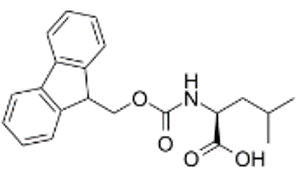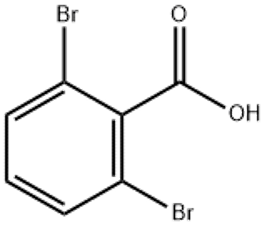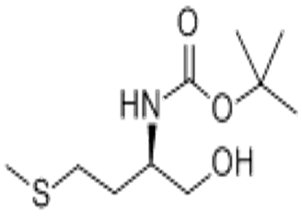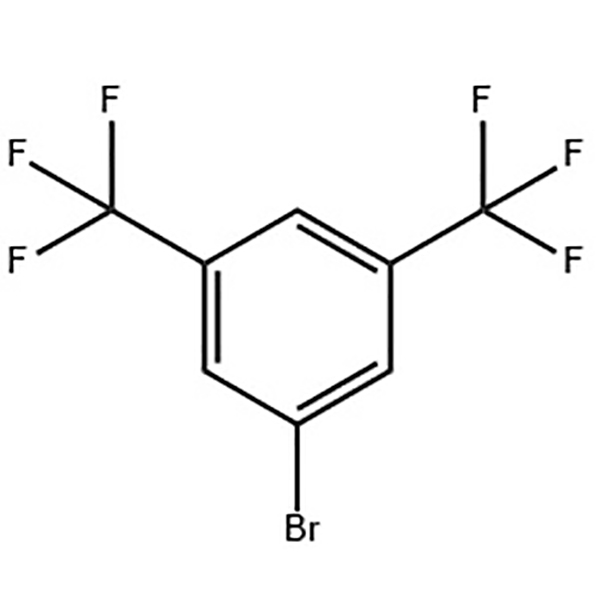2 6-Dichlorophenylhydrazine hydrochloride(CAS# 50709-36-9)
| Risk Codes | R20/21 – Harmful by inhalation and in contact with skin. R25 – Toxic if swallowed R36/37/38 – Irritating to eyes, respiratory system and skin. R20/21/22 – Harmful by inhalation, in contact with skin and if swallowed. |
| Safety Description | S26 – In case of contact with eyes, rinse immediately with plenty of water and seek medical advice. S36/37/39 – Wear suitable protective clothing, gloves and eye/face protection. S45 – In case of accident or if you feel unwell, seek medical advice immediately (show the label whenever possible.) S22 – Do not breathe dust. |
| UN IDs | UN 2811 6.1/PG 3 |
| WGK Germany | 3 |
| HS Code | 29280000 |
| Hazard Note | Irritant |
| Hazard Class | 6.1 |
| Packing Group | Ⅲ |
Introduction
2,6-Dichlorophenylhydrazine hydrochloride is an organic compound with the chemical formula C6H6Cl2N2 · HCl. The following is a description of its nature, use, formulation and safety information:
Nature:
-Appearance: 2,6-Dichlorophenylhydrazine hydrochloride exists in the form of colorless crystals or white crystals.
-Solubility: It has good solubility and is soluble in water and some organic solvents.
-Melting point: about 165-170 ℃.
-Chemical properties: It is a water-soluble hydrochloride that can react with other compounds.
Use:
- 2,6-Dichlorophenylhydrazine hydrochloride is widely used as an intermediate in organic synthesis.
-It can be used to synthesize biologically active compounds.
-In the pharmaceutical field, it can be used to synthesize certain antibacterial and antitumor drugs.
-It can also be used to study the synthesis of pesticides, dyes and other functional chemicals.
Preparation Method:
2,6-Dichlorophenylhydrazine hydrochloride can be synthesized by the following steps:
1. Suspend 2,6-dichlorobenzonitrile in water.
2. An excess of ammonia water was added to carry out the reaction.
3. The resulting precipitate is filtered and washed, and finally dried.
Safety Information:
- 2,6-Dichlorophenylhydrazine is hydrochloride a chemical, and appropriate personal protective equipment such as gloves and goggles should be worn during operation.
-Avoid contact with skin, eyes and mouth. If skin contact or inhalation occurs, rinse immediately with plenty of water and seek medical help.
-Store it in a dry, cool place away from fire and oxidizing agents.
-When using or handling this compound, follow proper laboratory safety procedures.








